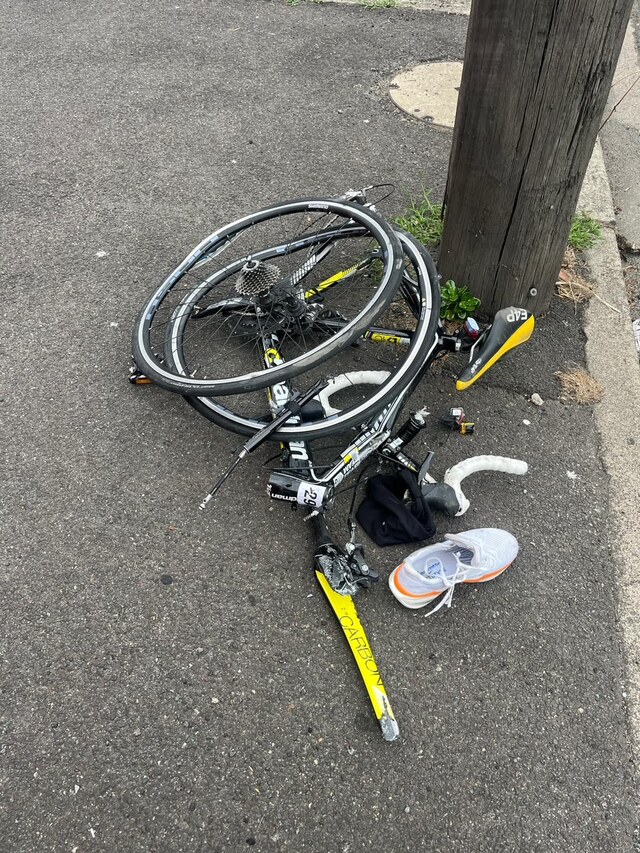With the state’s health system already under pressure, SunSmart is pleading with Victorians, including those in Maribyrnong and Hobsons Bay, not to become complacent with their sun protection.
SunSmart head Heather Walker said Victorians should use sun protection to reduce the risk of developing skin cancer later in life, as well as to avoid sunburn and further presentations to emergency departments.
“As sunburn is completely preventable, it is extremely disappointing to see that last year’s presentations to emergency departments were the second highest in the last seventeen years,” she said.
Victorian Melanoma Service director Associate Professor Victoria Mar said Victorian families need to do their part to keep children and adolescents safe from the sun.
“Recent years have shown that it is mostly younger Victorians presenting to emergency departments with sunburn, and alarmingly that number is not declining,” she said.
“UV damage during childhood and adolescence significantly increases the risk of skin cancer.
“Schools and families play a vital role in helping children and adolescents establish good sun protection habits and clearly, we need to do more to help protect the next generation.”
If you find yourself in a situation with severe sunburn, you are advised to seek immediate medical attention.
Symptoms can include extensive blistering and pain, sunburn over a large area of skin, headache, nausea and vomiting, fever, or dizziness.
For mild sunburn, people should stay out of the sun to allow skin to heal, stay hydrated, apply cool compresses and seek a doctor or pharmacists advice on soothing the burn.”
Sun protection is recommended when UV levels are 3 or higher.
SunSmart recommends people:
* Slip on clothing which covers as much skin as possible;
* Slop on SPF30 (or higher) broad-spectrum, water-resistant sunscreen;
* Slap on a broad-brimmed hat that shades the face, ears and neck;
* Seek shade; and
* Slide on sunglasses which meet the Australian Standard for UV protection.
According to the Victorian Cancer Registry, there was a 12 per cent decline in melanoma diagnoses in 2020, which was attributed to a likely decrease in skin checks during lockdowns.
Cancer Council Victoria and SunSmart agree that the effects of late diagnoses could lead to higher melanoma rates and more people losing their life to skin cancer.
As the fifth most common cancer in Victoria, the most aggressive forms of melanoma can become life-threatening within a matter of months.







